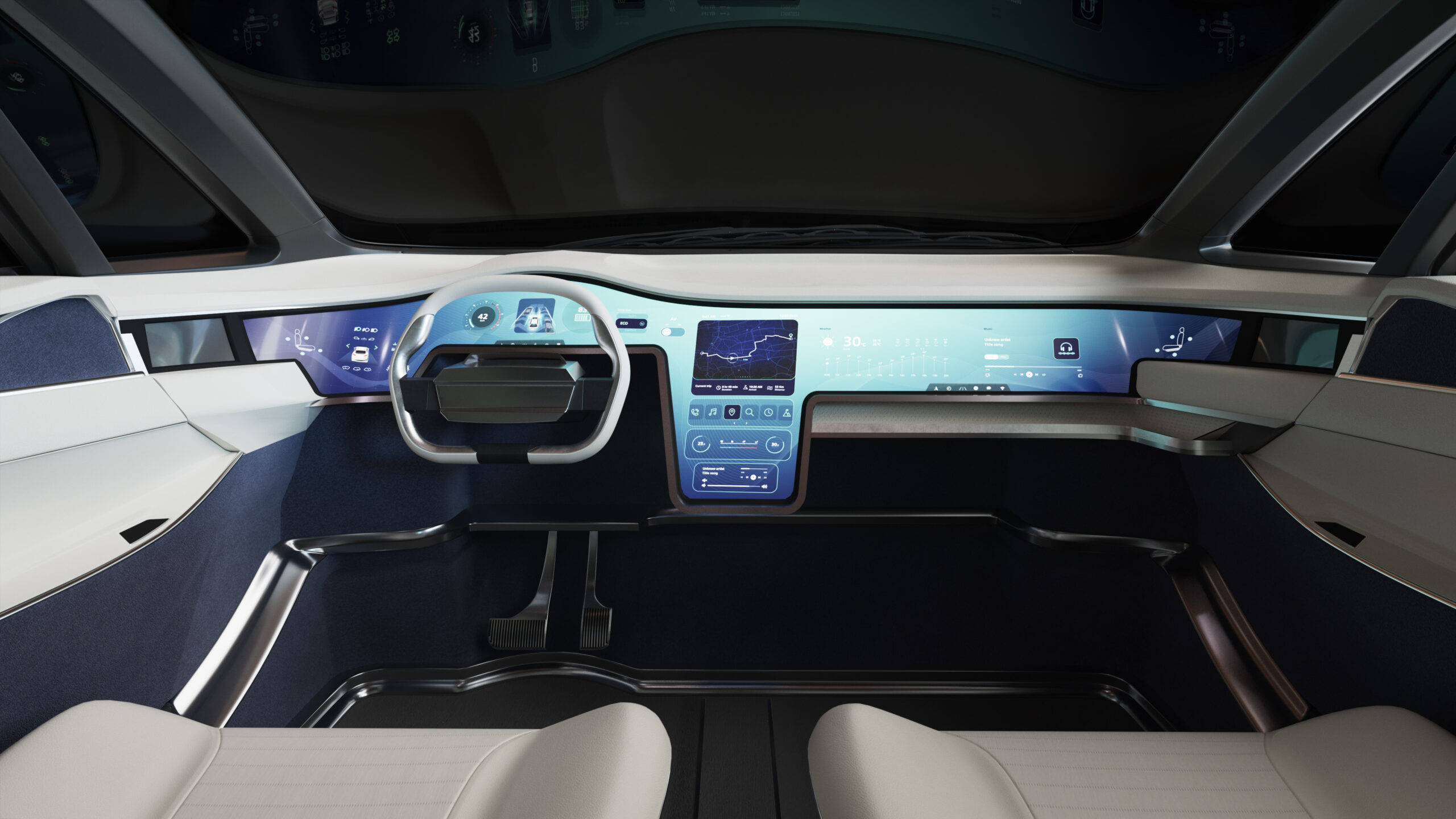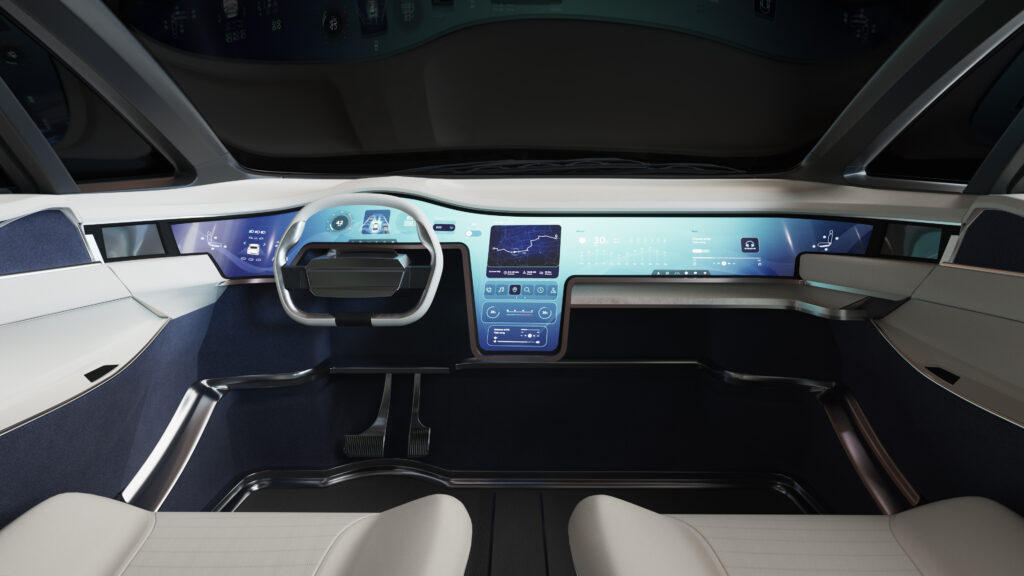Software defined vehicle enables future of mobility

The automotive and transportation industries are in the midst of a period of turbulence, transformation, and opportunity. New technologies, consumer demands, environmental pressures, and a changing workforce are pushing companies to reinvent fundamental aspects of the business. This includes developing more advanced and capable vehicles, new revenue sources, better customer experiences, and changing the ways in which features and functionality are built into vehicles.
This push to bring increasingly advanced mobility solutions to market is changing the composition of the automotive market. Vehicle electrification has continued to see growth in the U.S. and around the world. The U.S. is expected to achieve a record in electric vehicle (EV) sales, with EVs accounting for an estimated 9% of all new vehicle sales in 2023[1]. The growth in EVs is also spurring production growth in vehicles and batteries as companies look to respond to the demand for advanced, green transportation options.
What is the software-defined vehicle?
Electrification is only one part of a broader change in the nature of the automotive and transportation industries for workers, customers, and businesses. Electrification is a subset of a larger progressive shift in the automotive and transportation industries from the physical [or mechanical] to the digital. Consumer appetite for advanced vehicle features is higher than ever and buying decisions today are increasingly based on the innovative electronic and software features available in the vehicle. These features include in-cabin comfort and convenience features, such as smartphone-infotainment integration, advanced driver assistance systems, and increasing levels of vehicle automation.

The popularity of these features and functions represents the arrival of a new paradigm in the automotive industry, built on the capabilities of software and electronics systems. As these features become more desirable, the mechanical specifications and capabilities of the vehicle recedes in importance in the buying decisions of vehicle shoppers.
Highly aware of this trend, automakers are shifting the focus of their vehicle development programs. Traditional mechanical systems remain important, but program time, budget, and resources are moving increasingly towards the development of vehicle software and bespoke electronics. In concert, the availability of powerful and ever affordable integrated circuit devices and faster in-vehicle data networks has enabled automakers to evolve in-vehicle software. What use to be low-level embedded applications are rapidly developing into sophisticated vehicle-level operating systems or software platforms upon which various higher-level functions can be built.
With these software platforms at their disposal, engineering teams have increasingly elected to root various vehicle functions in software. Today, that results in vehicle platforms relying on software to control all or most of their features and functions, even seemingly basic ones such as steering systems or climate control. This is what has come to be known as the software-defined vehicle.
Moving forward, the software-defined vehicle (SDV) is the bridge in vehicle evolution between EVs and autonomous vehicles (AVs) of the future. Particularly for self-driving systems, the SDV provides a foundation for several critical technologies, including integrated advanced driver assistance (ADAS) and control systems, faster in-vehicle data networks, and the ability to update vehicle software remotely (commonly called over-the-air or OTA updates).
Of course, the evolution towards the software defined vehicle and beyond will be hampered by a number of technical, organizational, and logistical challenges. In part 2, we will examine how digitalization will be critical to overcoming these challenges while enhancing the abilities of talented teams around the industry. Digitalization will help spur innovation in how vehicles are designed, manufactured, supported, and sold, helping automotive and transportation companies to navigate the obstacles on the path to the SDV and the even more advanced vehicles that the SDV will enable.
[1] Source: St. John, A. (2023, November 2023). US electric vehicle sales to hit record this year, but still lag behind China and Germany. Retrieved from AP News: https://apnews.com/article/automakers-electric-vehicles-us-china-sales-d121c09a61f50e7357f5675af4b6056b


